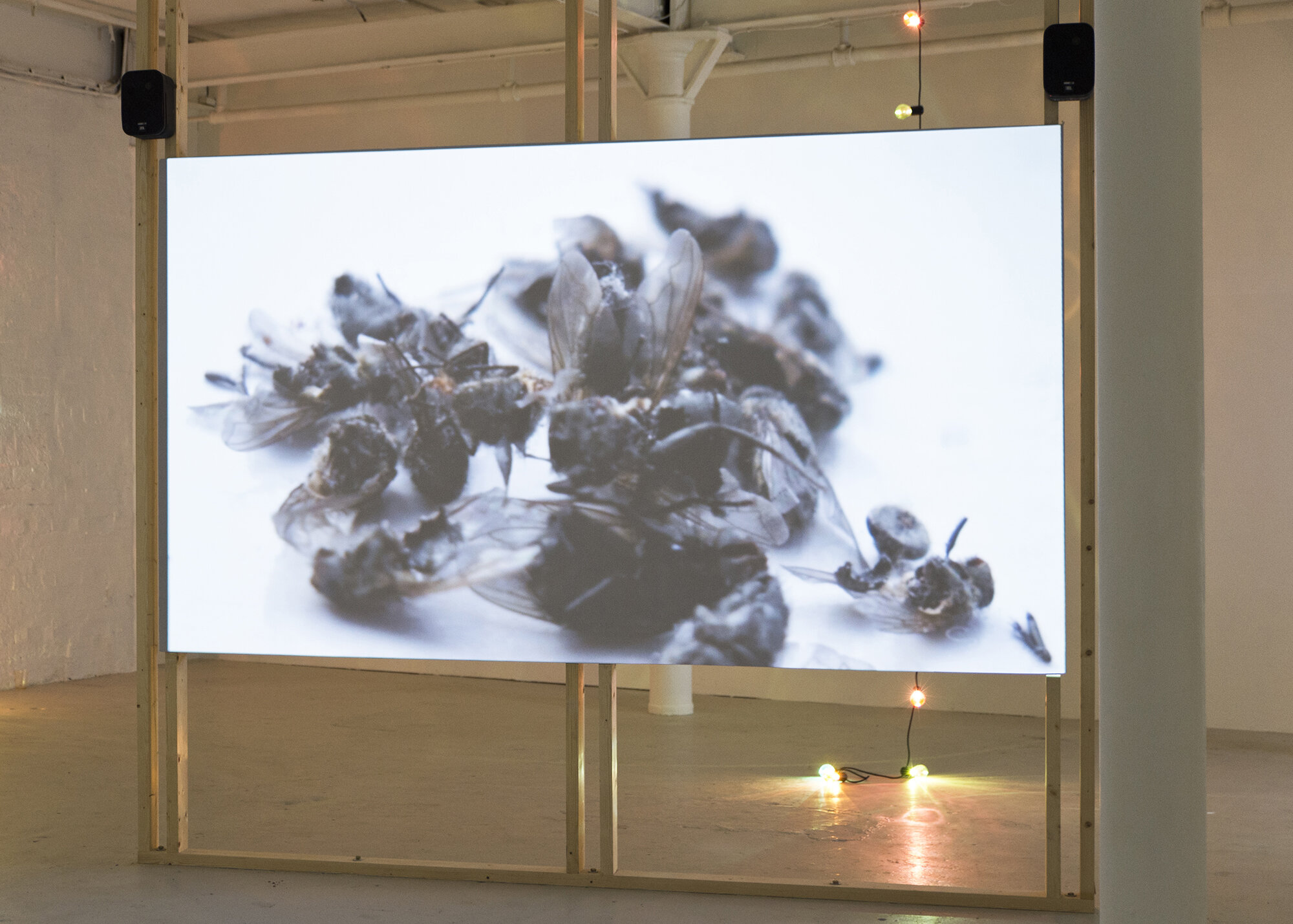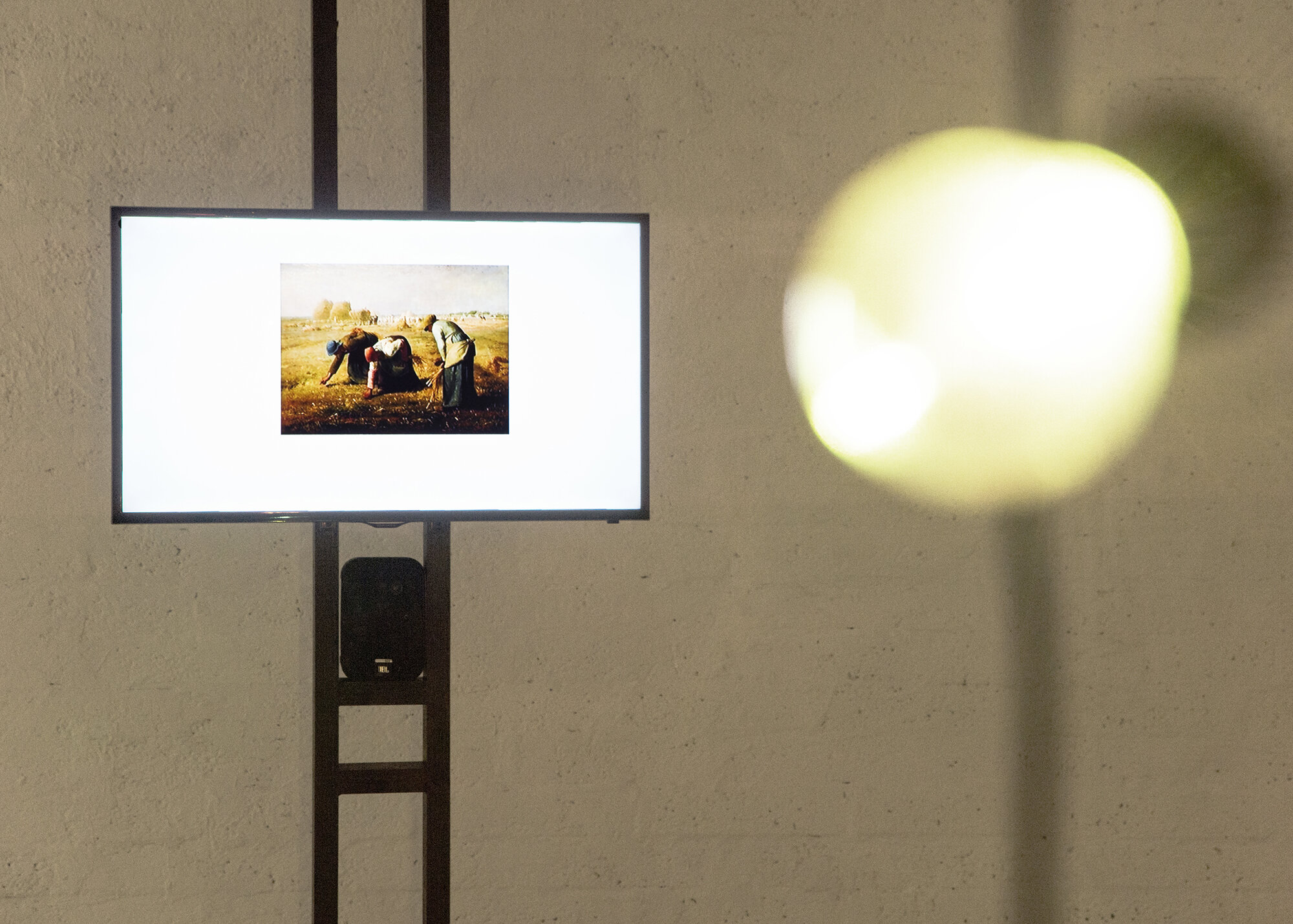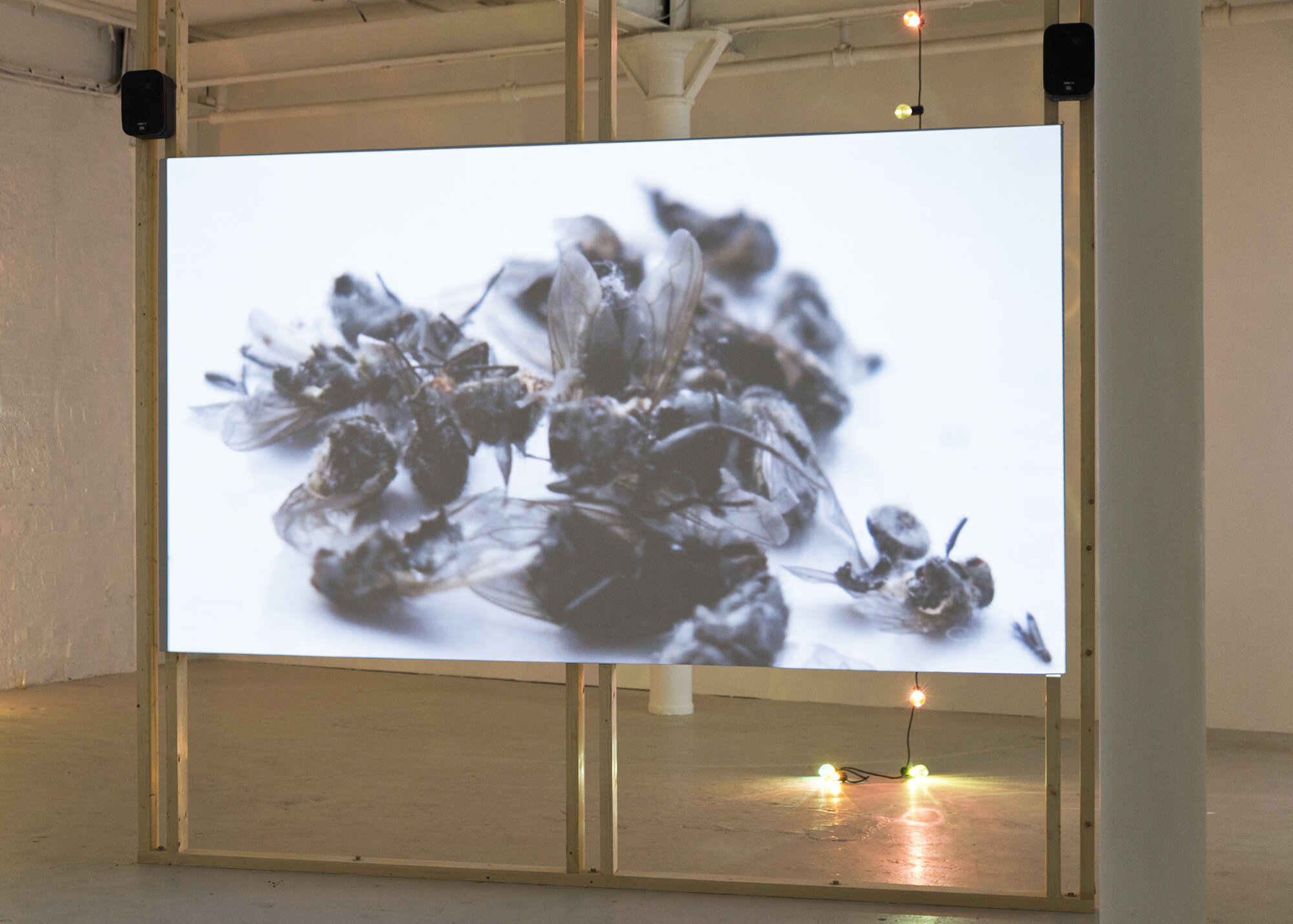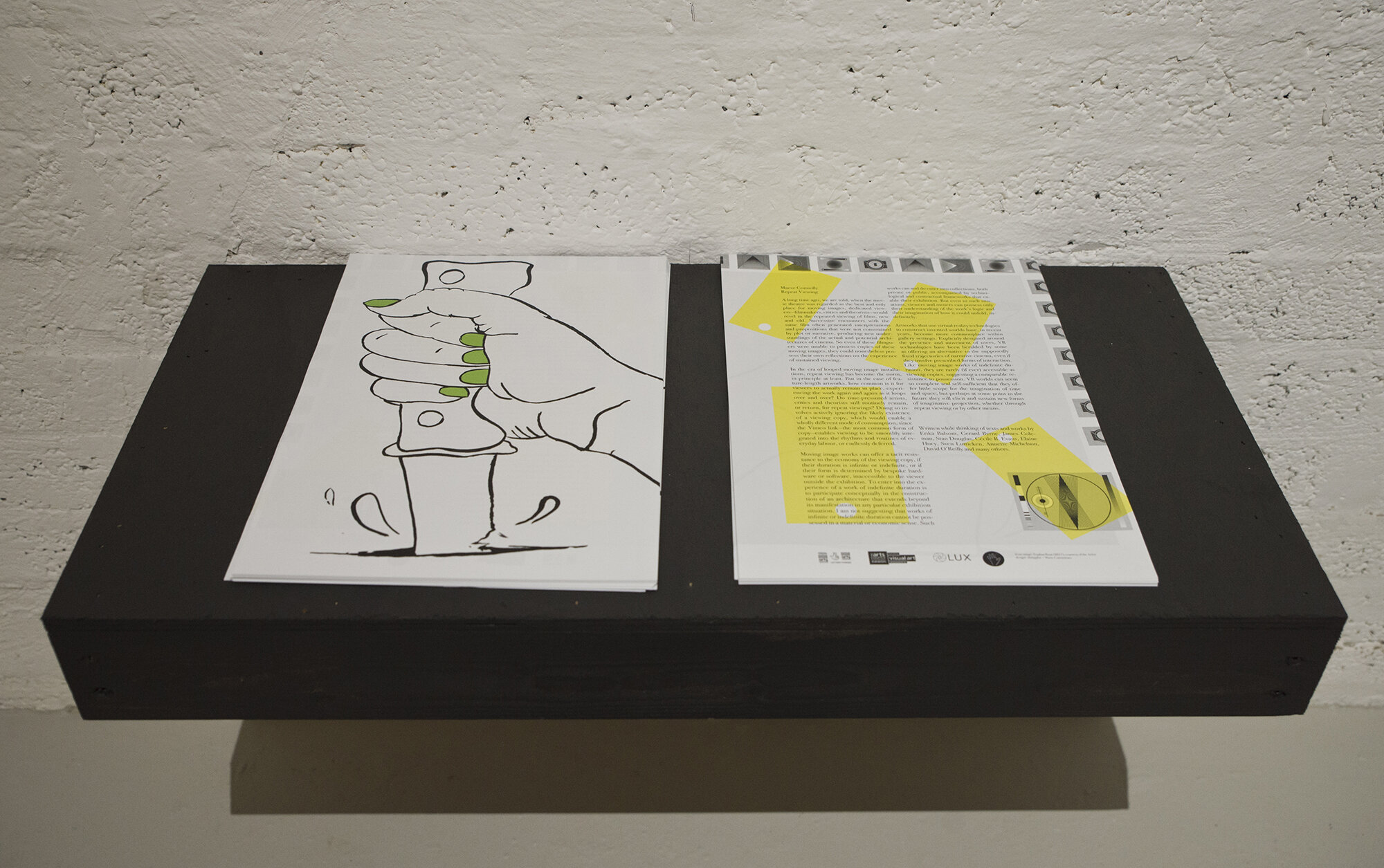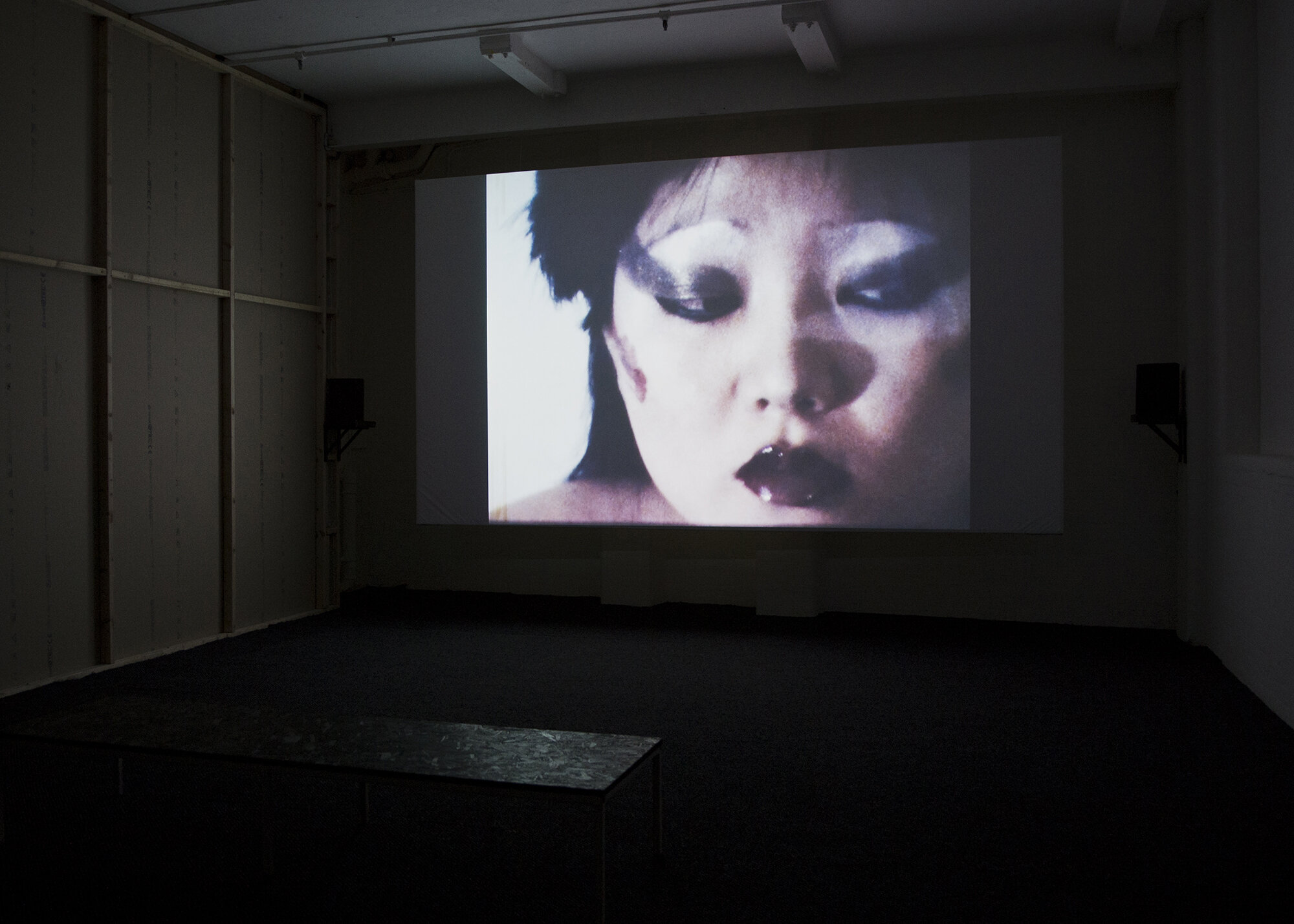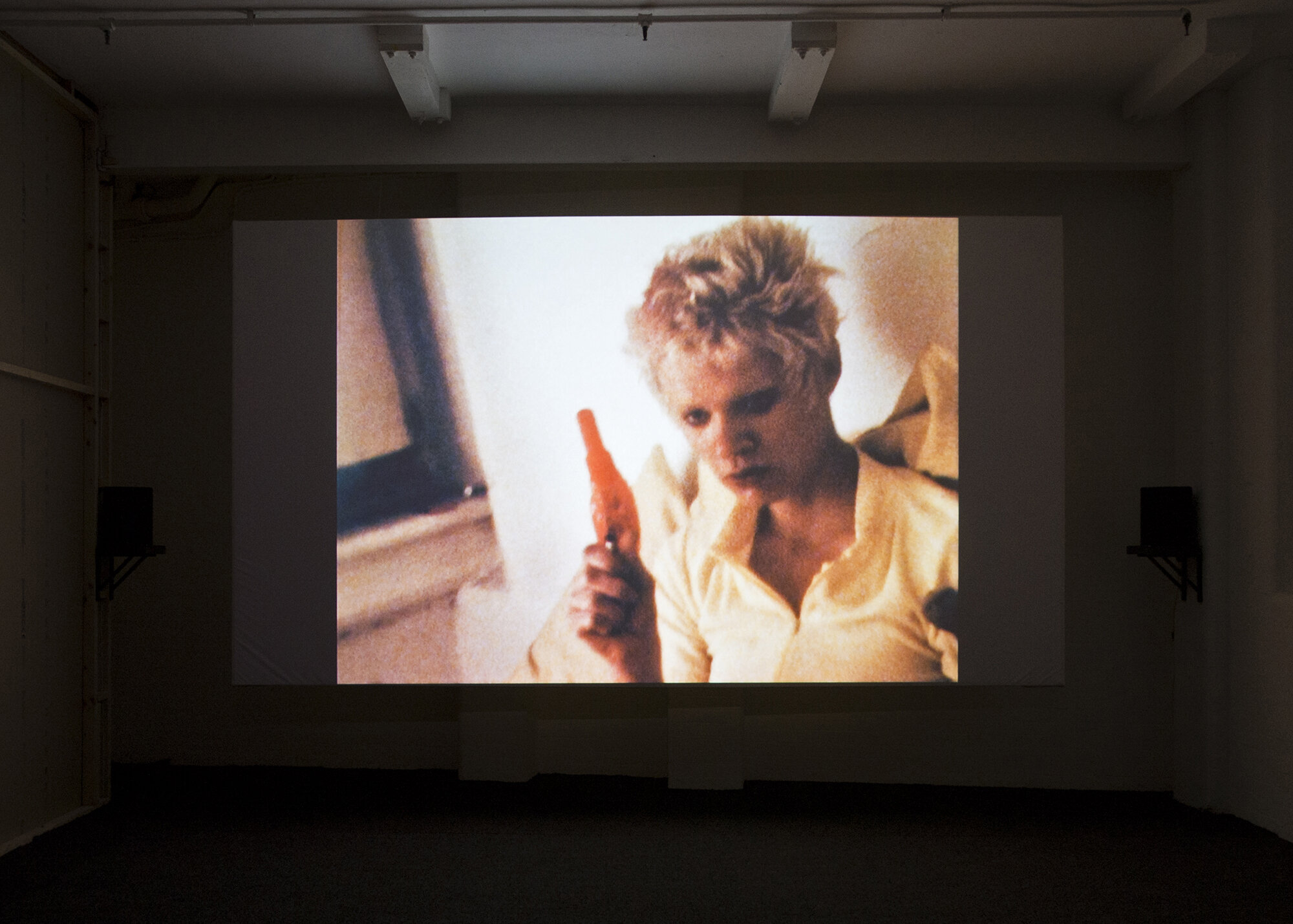VIEWING COPY
VIVIENNE DICK EOGHAN RYAN THE RADICAL FILM ARCHIVE MAEVE CONNOLLY
7th July – 4th August 2017 | Opening: 6th July, 6-9pm with a performance by Eoghan Ryan
VIEWING COPY is an exhibition of work by artists Eoghan Ryan and Vivienne Dick alongside The Radical Film Archive and a newly commissioned text by Maeve Connolly.
This project is driven by an exploration into the hierarchical economy and circulation of video in artist moving image practice, directly referencing the particular and peculiar status of the ‘Viewing Copy’ within the market of contemporary art and its continued covert resistance to contemporary capitalism. The project considers the physicality of the screen and materiality of video formats as a framing device for autobiographical content, brought into focus as a measure and mediation of subjectivity, with the potential for generating alternative representations and a shared cultural, collective memory.
Irish artist Vivienne Dick (b. Donegal, 1950) is an internationally-celebrated film-maker and artist. Dick was a key figure within ‘No Wave’, a short-lived avant-garde scene in the late 1970s in New York led by a collective of musicians, filmmakers and artists including Nan Goldin, Lydia Lunch, Arto Lindsay, James Chance and many others. Dick returned to Ireland in 1985, where she was a member of The London Filmmakers Co-op for many years and produced a number of films in 16mm, and in video. Her films have been screened at cinemas, museums and film festival internationally, including Tate Britain, Moma and the Whitney in New York, IMMA in Dublin, and included in the collections of The Museum of Modern Art, Anthology Film Archives, NYC and the Irish Film Archives.
Eoghan Ryan (b. Dublin, 1987) is an Irish artist currently based in Berlin. His work incorporates moving image, installation, text, sculpture and performance, It looks to biological inheritances, personal anxieties, afflictions and affiliations as proposals for alternate forms of intimacy, renewal and collapse within the pre-ordained hierarchies that we occupy. He has recently shown at IMMA, Dublin, the Serralves Museum of Contemporary Art, Porto in collaboration with Jassem Hindi, BDP Press, Berlin and the IFI, Dublin in the frame of As We May Think organised by Alice Butler. He has been awarded The Nina Stuart Artist in Residence at South London Gallery/Space studios 2013, the Artists International Development Fund 2014, the Critical Forum award at the Plastik Moving Image festival 2015 and the Arts Council Visual Arts Bursary 2017.
The Radical Film Archive started when founder, Michael Dunn, was given a hard-drive that was supposed to be thrown out. Instead of disposing of it he decided to use it as the basis of a self-educational resource. Dunn holds events for people to discuss what they think should be in or out of the archive, gives access to the films and encourages screenings. In the recent past, more time has been devoted to ideas around militant curation, that is to say, getting ideas to the places where they are most useful, with screenings happening in the camps in Calais, Ventimiglia and Belgrade. By creating this archive together, all have the chance to share in preserving rare and under-told stories that could be easily lost. Catalyst Arts has invited five artists, Johnathan Cook, Bryan Gerard Duffy & Emmet Sheerin, Seamus Harahan, Aniara Omann to contribute to the archive as part of the exhibition. A recording of a presentation ‘The Moving Image as Limited Edition’ by Erika Balsom at PLASTIK Festival of Artist Moving Image, 2017, will also be available.
On 20th July Catalyst Arts hosted a free workshop organised by The Radical Film Archive.
Maeve Connolly co-directs the MA in Art & Research Collaboration (ARC) at Dun Laoghaire Institute of Art, Design & Technology, Dublin. She is the author of TV Museum: Contemporary Art and the Age of Television (Intellect, 2014), on television as cultural form, object of critique and site of artistic intervention, and The Place of Artists’ Cinema: Space, Site and Screen (Intellect, 2009), on aspects of the cinematic turn in contemporary art. Recent publications include an article on archiving artists’ moving image in MIRAJ: Moving Image Review Art Journal (2016), and contributions to various anthologies, such as Workshop of the Film Form, (Fundacja Arton and Sternberg Press, 2017), Great Expectations: Prospects for the Future of Curatorial Education (Koenig Books, 2016) and Exhibiting the Moving Image: History Revisited (JRP Ringier, 2015). She is currently researching the relationship between infrastructural change and contemporary art.
Photography by Jordan Hutchings.

